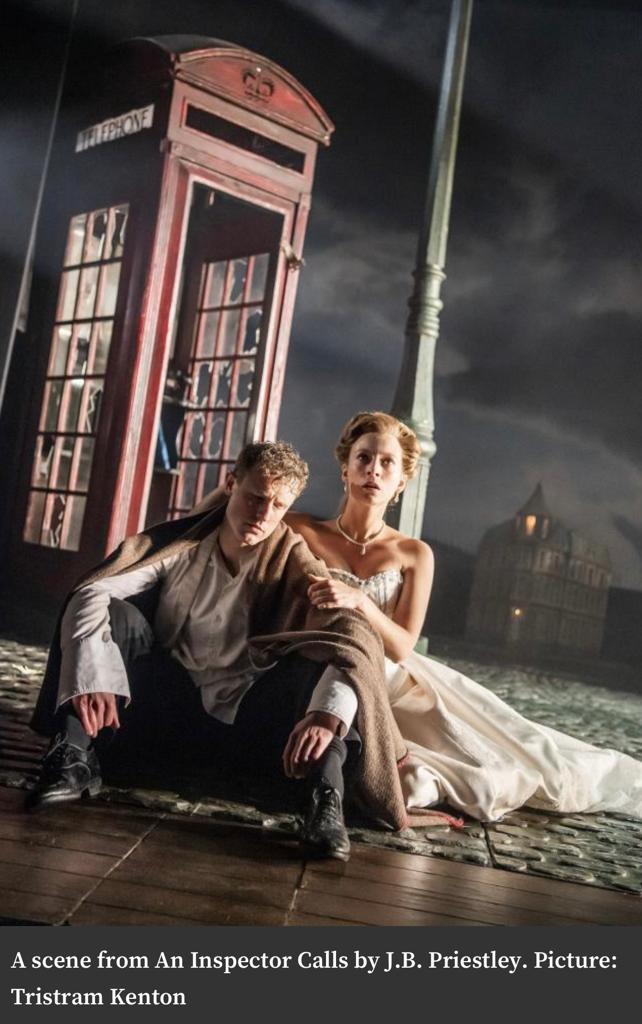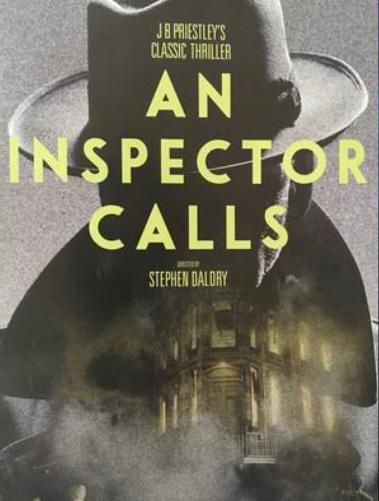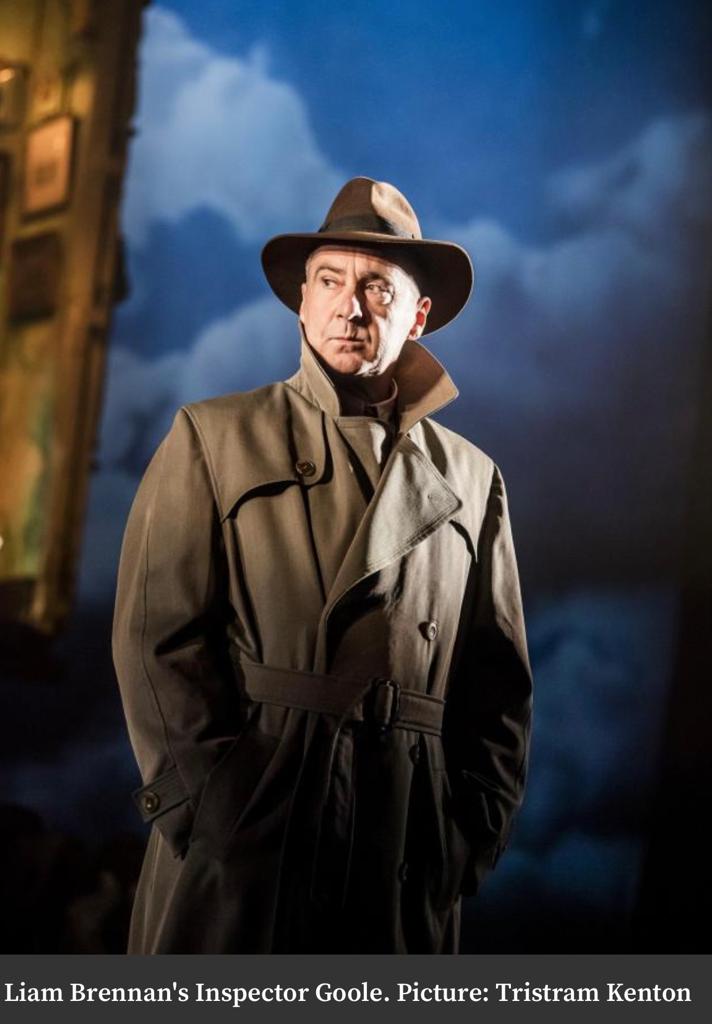ENGLISH: Inspecting an epic production of An Inspector Calls
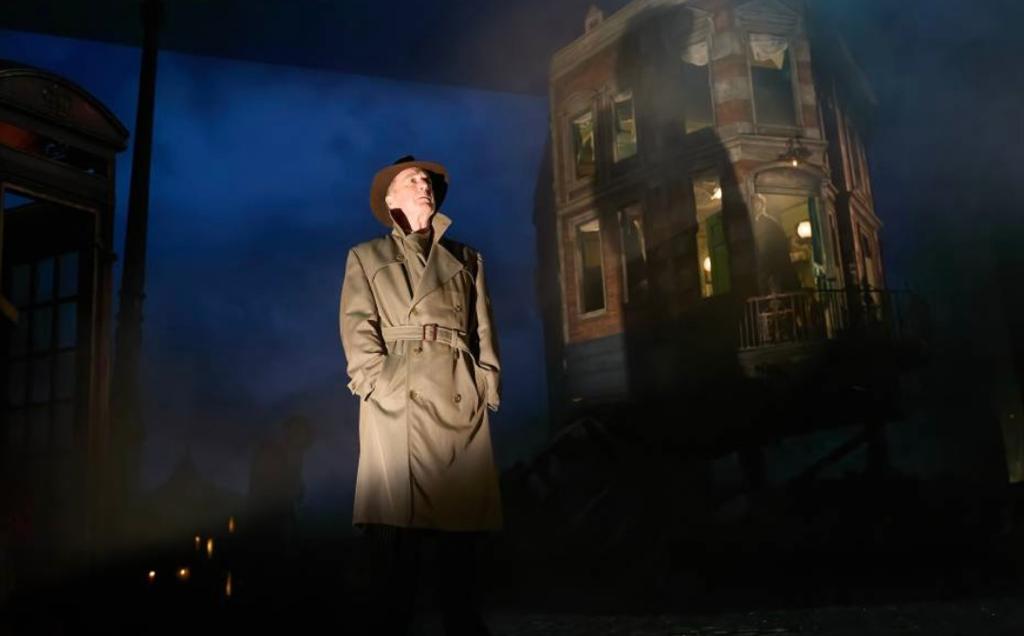
Year 11 students put director Stephen Daldry’s epic, award-winning production of An Inspector Calls under the magnifying glass to offer their analysis following a trip to York’s Grand Opera House, where they saw their GCSE text come to life on stage
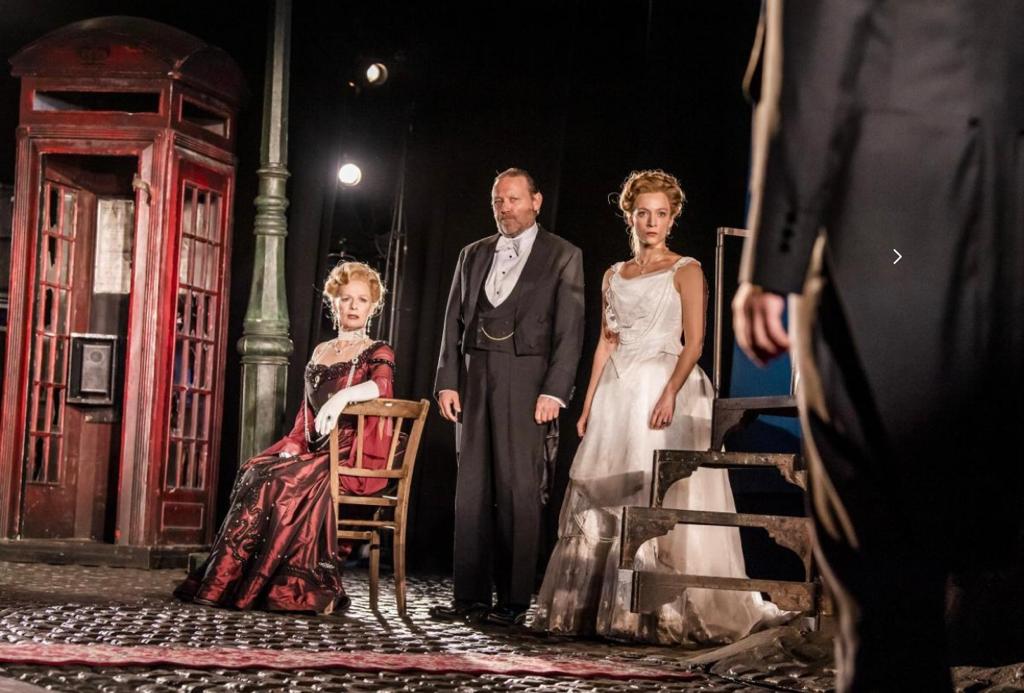 ‘A warning of the horror and carnage we will bring upon ourselves if we don’t accept social responsibility,’ says ADAM DICKINSON
‘A warning of the horror and carnage we will bring upon ourselves if we don’t accept social responsibility,’ says ADAM DICKINSON
AN Inspector calls was an engaging and exciting play while still educating us not only on the text itself, which we are studying for GCSE, but also on the patriarchy and prejudice that defined Britain in 1912.
Before we arrived, I was slightly apprehensive about how the play would be done: how the characters would act and whether generally it would be like how I imagined it.
The play started with general surprise at the first scene with a little boy trying to raise the curtain. I felt it was a perfect metaphor for the revelation of the truth later in the play and the struggle of the inspector to reveal that truth to the Birlings and the audience.
The setting also threw me at first. We received a street scene with the Birlings’ house standing in the middle of the street. However, the house then unfurled, again a metaphor for the revelations later in the play, and displayed the interior, allowing for a much more dynamic scene and many more ways for the actors to interact with it.
I also loved how the characters were introduced with their inflated sense of satisfaction and superiority highlighted in their gluttonous laughs and Mr Birling’s speech to Eric and Gerald.
The performances were very good. I found all the characters, but especially Gerald, came across in the performances, with all their flaws emphasised right from the very start from Sheila’s whiney voice to Mrs Birling’s pompous prejudice.
I also absolutely loved the inspector’s performance, and it stood out for me as the best in the play. He had an almost slapdash attitude with the throwing around of his coat and his strolls while the family argued but he kept the characteristic intensity and dominance that unsettles the family and the audience.
Furthermore, I loved the set with the rain - real water - used to give a depressing and foreboding atmosphere, with the gloomy mist only adding to this feeling.
Lastly, the ending was both shocking and satisfactory. The set change was thrilling with the house collapsing as the truth explodes onto the family. The carnage only increased from there with violence breaking out between a spectacularly hammered Eric and a broken and bitter Mr Birling providing a sudden and exciting altercation.
The drastic fall from grace of the family is made obvious in their hunched sitting and crawling around in the mud and grime of the street, a sharp contrast to the luxurious house at the start.
We finally ended with a sharp warning not only to the Birlings but also the audience of the horror and carnage that we will bring upon ourselves if we don’t accept social responsibility.
Of course, the Birlings, save the ‘young generation’ of Sheila and Eric, don’t learn this lesson the first time and attempt to rebuild the house, and their lives, however, after they conclude that it was all a ‘hoax’ the twist in the ending descends upon us and the destruction of the family occurs all over again.
In conclusion, I feel this play was an extremely worthwhile watch as it shed a different light on the play. We not only received a different interpretation to our own, further expanding our ideas on the play, but our studies have also been enriched with these new ideas and interpretations.
Overall, I think these theatre trips are very important to our learning.
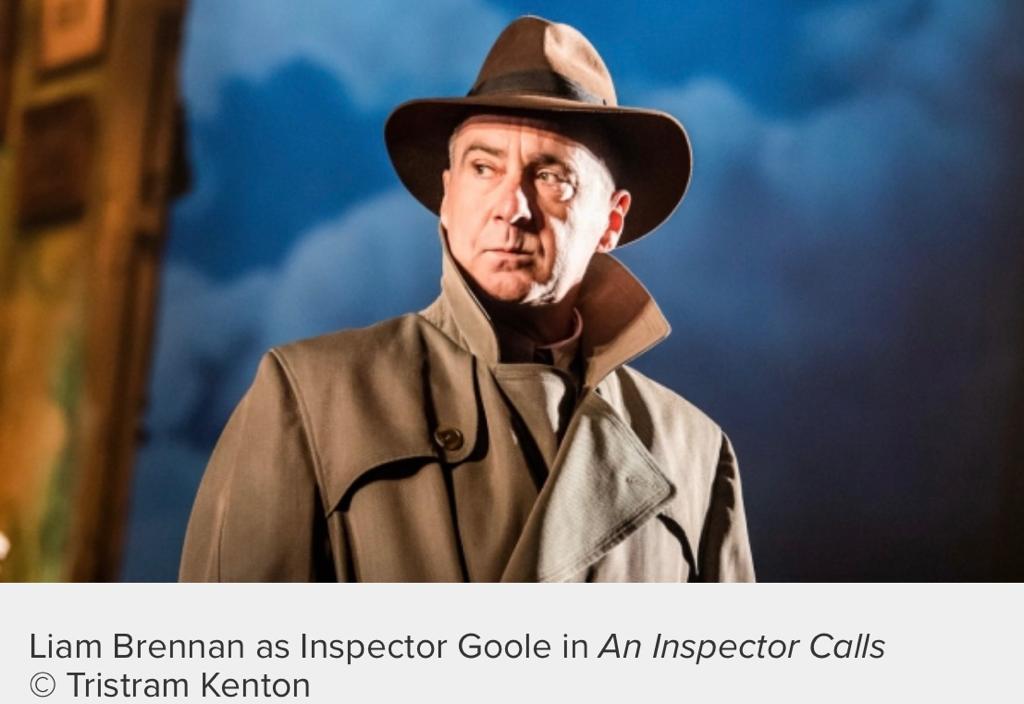
‘A unique, powerful and enriching interpretation which made me question the expectations and ideologies that exist in our current society,’ says SADIE EVANS
IN the moments preceding the show, I wondered how the costumes would be presented and how the actors would portray their characters’ reaction to the inspector, perhaps thinking about how I personally wanted each significant moment to be interpreted.
As the performance commenced, I was somewhat surprised to see small children entering the stage – perhaps representing orphans – standing in front of red curtains. The production begun with sirens and heavy rain in a stormy atmosphere, creating a dramatic – both visual and aural - sensation of tension and warning. This was accompanied by an orchestral soundtrack, further emphasizing these effects and feelings of trepidation.
Due to my close proximity to the stage and therefore action – I was seated in the very front row of the stalls - I received an accentuated experience of the intensity of these special effects.
I had been expecting the setting of a singular room layout with pink lighting and a plentifully decorated dinner table amidst their celebration. However, as the curtains opened; they unveiled a scene which exceeded my expectations.
On a dismal, dim street, the Birlings’ family home is positioned centre stage; its single room – which looked almost comical– was significantly enclosed, representing the conceitedness and ignorance present in the gathering of characters at this point.
Furthermore, the house was precariously positioned upon a set of slender pillars: for me, this successfully foreshadowed both the underlying instability of the family and their social class and, additionally, the gradual catharsis in some characters – notably the younger generation: Sheila and Eric Birling.
Due to the evident hierarchy and inequality depicted in the 1912 setting: a character of lower class, Edna – the maid – sits silently outside the house with the children; attending to her duties.
The arrival of the inspector immediately puts s stop to the Birling family’s celebration; his dominance is instantly asserted on the stage. Upon his entrance, the doors of the house swung open; revealing the characters previously concealed within the comfort of their home, eradicating their self-fabricated, flawless façade.
From this scene the unravelling of guilt and blame associated with Eva Smith’s case commenced.
I thought the appearance of each character accurately met my expectations: dressed in typical high-class, 1912 formal attire and conforming to the gender roles expected in the Edwardian era.
Mrs Birling’s imperious demeanour and luxurious outfit effectively conveyed her haughty, obstinate attitude and overall shocking – almost unbelievable - actions; especially as she extravagantly departed from her home on a red carpet.
The characters’ clothing was symbolic, reflecting more than a put-together appearance, and it was notable throughout the play that specific characters lost items of exterior garments.
Inspector Goole – as the playwright Priestley’s voice of morality – loses his hat, long coat, and suit jacket as he unveils the Birlings’ and Gerald Croft’s despicable, abhorrent and selfish deeds; in contrast, making the audience feel great sympathy victim of Eva Smith
Additionally, this occurs similarly in the characters of Sheila (who loses her gloves) and Eric: however, both in this production and the original play, they are presented as experiencing anagnorisis, and therefore moral purging – establishing their difference to their older counterparts and overall generation.
Priestley’s idea that the older generation – containing Mr and Mrs Birling, and partially Gerald Croft – lacked maturity, which conflicted with their overwhelming sense of superiority, was developed in this production using props.
I particularly enjoyed the intricate detail in which Mrs Birling was gifted a teddy bear for comfort; for me, this symbolised her inner petulance and childishness, peeling back the underlying layers of her character.
This production offered a unique, powerful and enriching interpretation of Priestley’s play. Although Priestley’s target audience was those living in a post Second World War British society – to whom he aimed to promote his left wing, socialist views and critique the capitalism and classism that existed in 1912 – as part of a modern audience, this production made me question the expectations and ideologies that exist in our current society and world as a whole.
Overall, the trip greatly benefited my revision of the text as I am now able to envision different interpretations and perspectives of Priestley’s drama and how his message was intended to be conveyed; enabling me to better understand its impact.
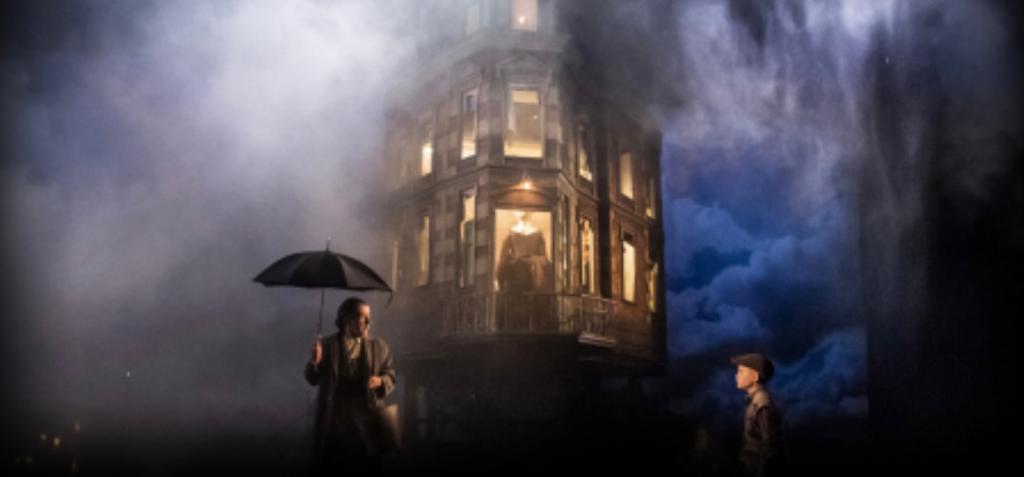
‘The continuous rainfall and the dramatic set design added another dimension to the play which I never experienced in the text, says ISLA DAVIDSON
STANDING outside, before the show I was excited and curious about what the performance would be like and if it would fit with any of my previous ideas on the text.
Initially, the staging and the characters didn’t match up to what happened in the text, which was quite unexpected, however it was gloomy and dramatic which intrigued the audience and engaged everyone.
As all the main characters were introduced and the staging became familiar, it was interesting to see how this director had perceived certain aspects of the text and interpreted this into a physical production.
I found it especially interesting how the intricate costume choices presented the Birling family as upper class and the way they talked also portrayed this.
Aspects like the costumes and actors are things which can only be demonstrated in a theatre production rather than the classroom.
The continuous rainfall and the dramatic set design added another dimension to the play which I never experienced in the text.
Once the inspector arrived on stage the atmosphere was chilling, even though I knew the plot it was still a moment which put me on the edge of my seat.
Seeing each character’s facial expressions and reactions to accusations made me feel more sympathetic to certain individuals and I was able to see the bigger picture of how each person interacted with each other – expanding my understanding of An Inspector Calls.
As we were leaving the theatre, people all around us were discussing their favourite moments of the play as well as noticing certain key quotes and elements which they recognised from their study of the text.
Ultimately, I believe this trip has enriched my learning of the play and has been a great way to revise and recap the text for the upcoming exams. Trips like this are undeniably worthwhile and encourage students to be enthusiastic about their studies.
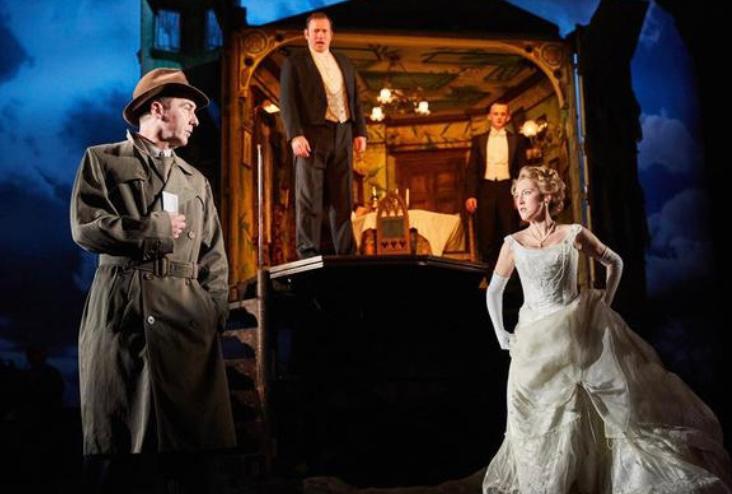
‘The sound effects made you feel as though you were part of the performance. It has definitely enriched my learning,’ says GEORGE CURTIS
WHEN the production started, I was very surprised at the set and the props. The sound effects made you feel as though you were part of the performance, with the fake rain really setting the mood for the rest of the play.
The house was amazing as it could be changed multiple ways to fit the mood and the design that went into it must have taken a lot of effort and time.
The first character we properly saw was the inspector and personally he was my favourite actor as he reflected the personal qualities of the inspector in the text very well. The rest of the actors also represented the personal qualities of their character very well.
The costumes were very well put together and made the production feel very professional. The mix of great lighting, sound effects and props really brought the whole play together.
Towards the end of the production, I found the staging of the explosion in the house very impressive. Overall, I found it a great experience to mix up our learning. It has definitely enriched my learning and was a great revision exercise as we were revising the whole text in under two hours.
I could remember what the actors were going to say before they said it because of my learning of the quotes, which made it very enjoyable.
